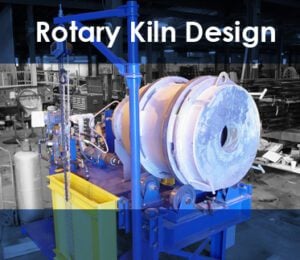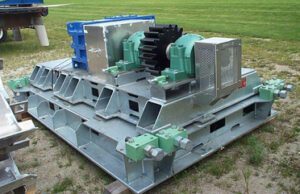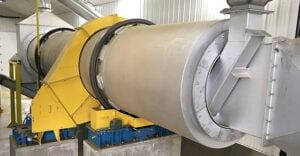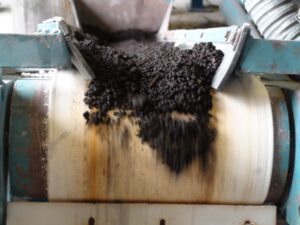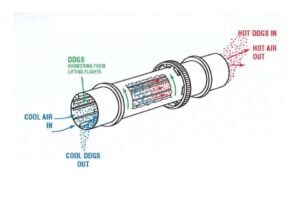Indirect Fired Rotary Kiln Applications Part 3
Previously, we looked at indirect fired rotary kilns in applications such as reactivating spent carbons, pulling valuable materials out of valueless carriers, and conducting thermal processes in inert environments. Now we will look at indirect fired rotary kilns in the application of processing finely divided …



